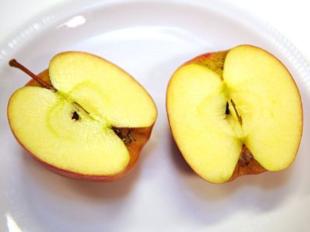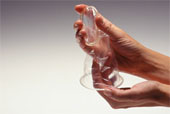
Hundreds of active pharmaceutical ingredients are used in a variety of manufacturing, including drugmaking: For example, lithium is used to make ceramics and treat bipolar disorder; nitroglycerin is a heart drug and also used in explosives; copper shows up in everything from pipes to contraceptives.
Federal and industry officials say they don't know the extent to which pharmaceuticals are released by U.S. manufacturers because no one tracks them - as drugs. But a close analysis of 20 years of federal records found that, in fact, the government unintentionally keeps data on a few, allowing a glimpse of the pharmaceuticals coming from factories.






Comment: Considering this was supposedly a large study taken over many years, the authors are surprisingly uncertain about their results, casting aspersions on the effects of fruit and vegetables for smokers without actually making any definite claims. Note the use of "appears" and "may".
We also wonder if this fruit problem described in relation to smokers might have anything to do with this other fruit problem?
Rising number of children allergic to fruits and vegetables